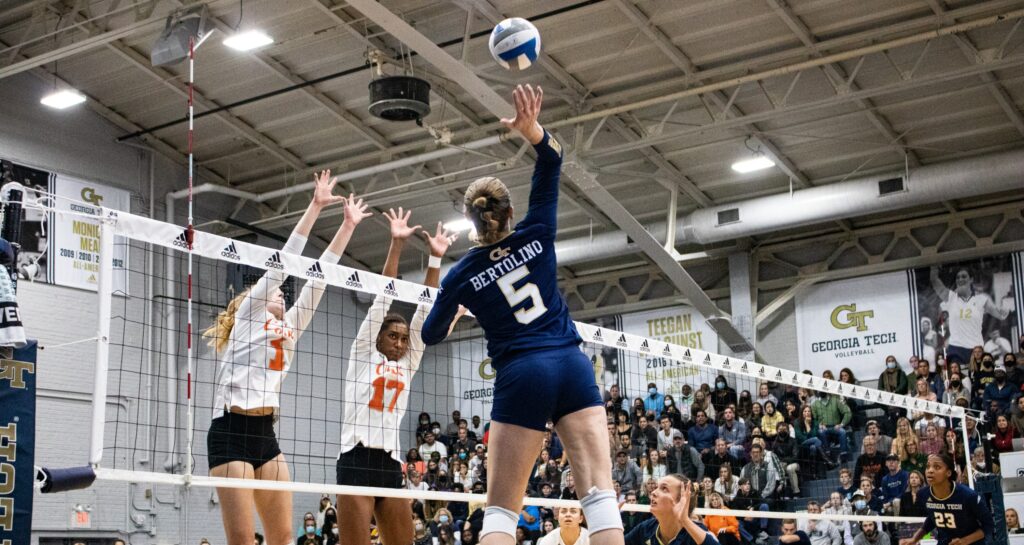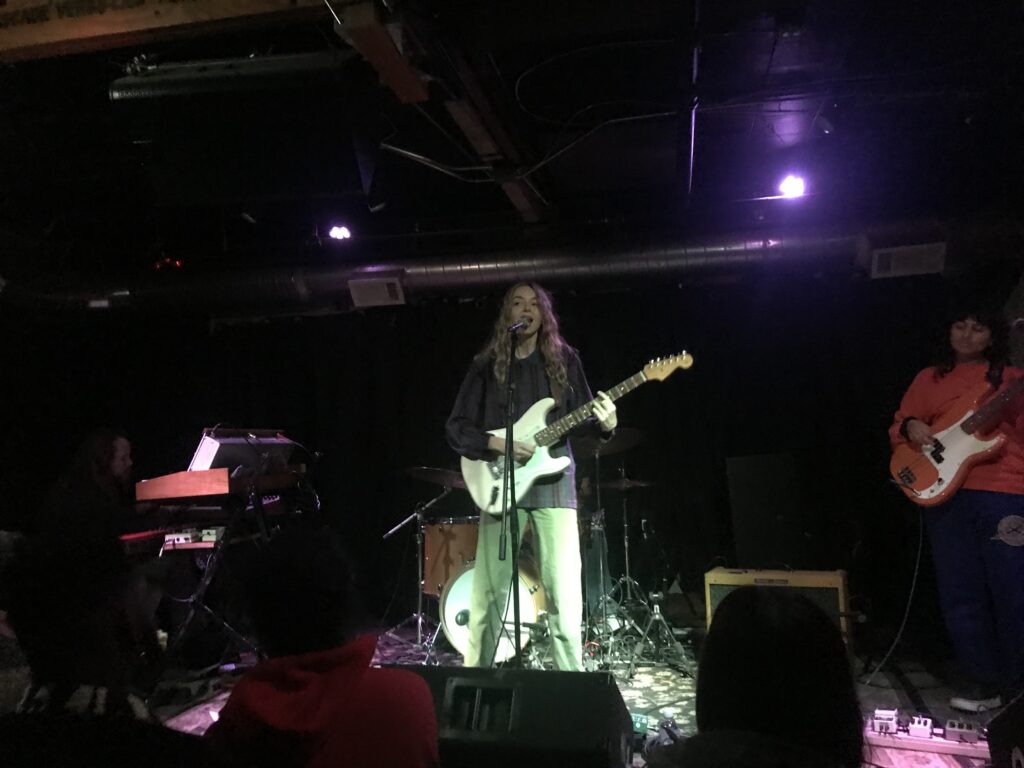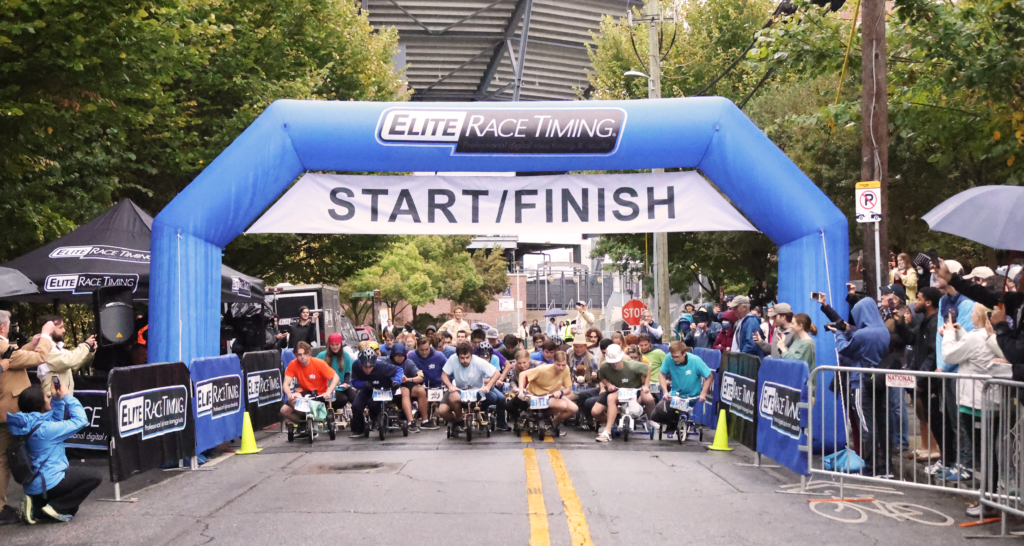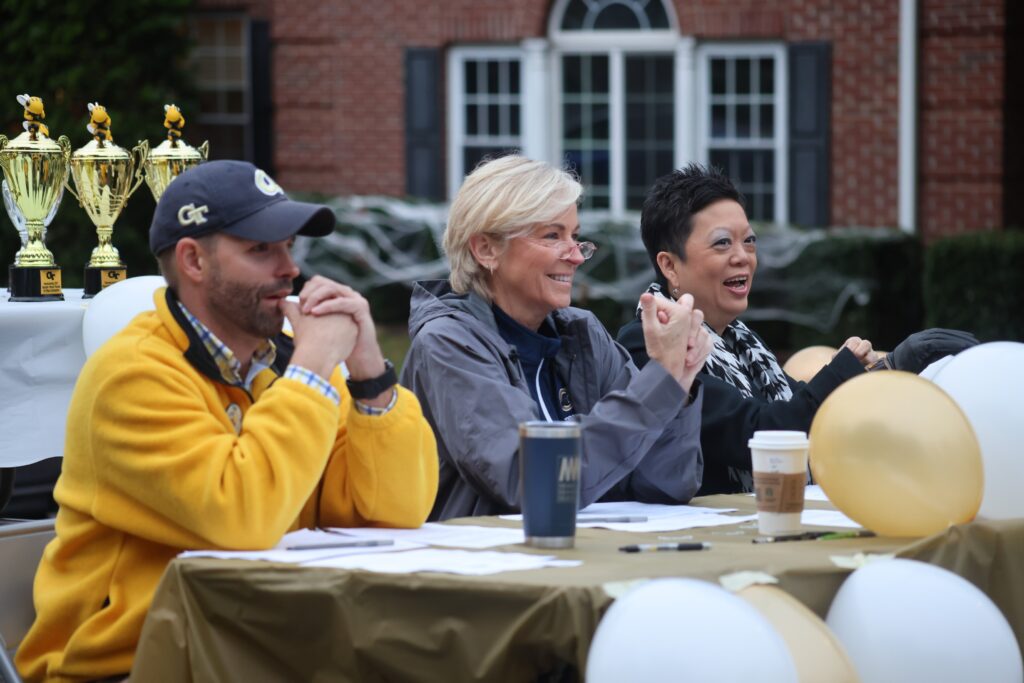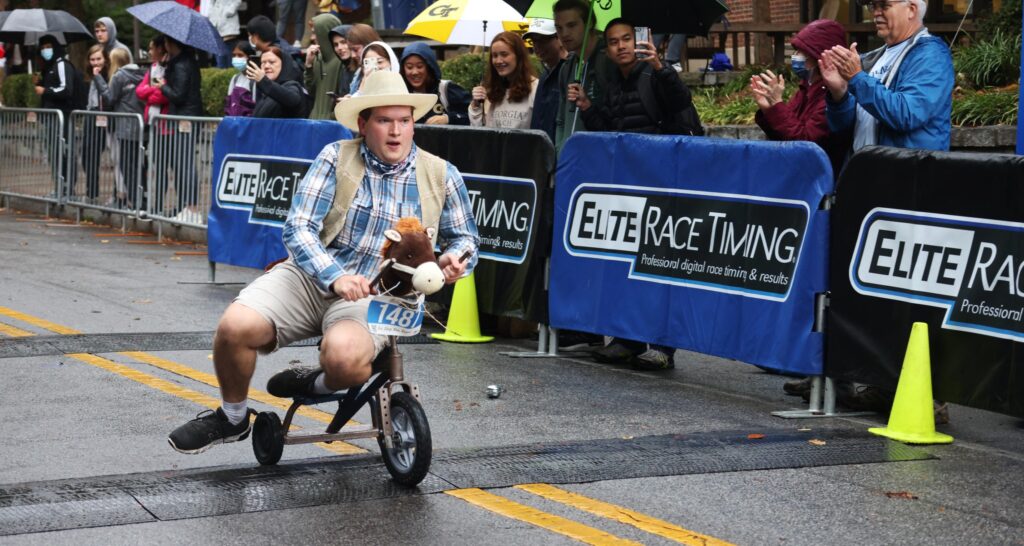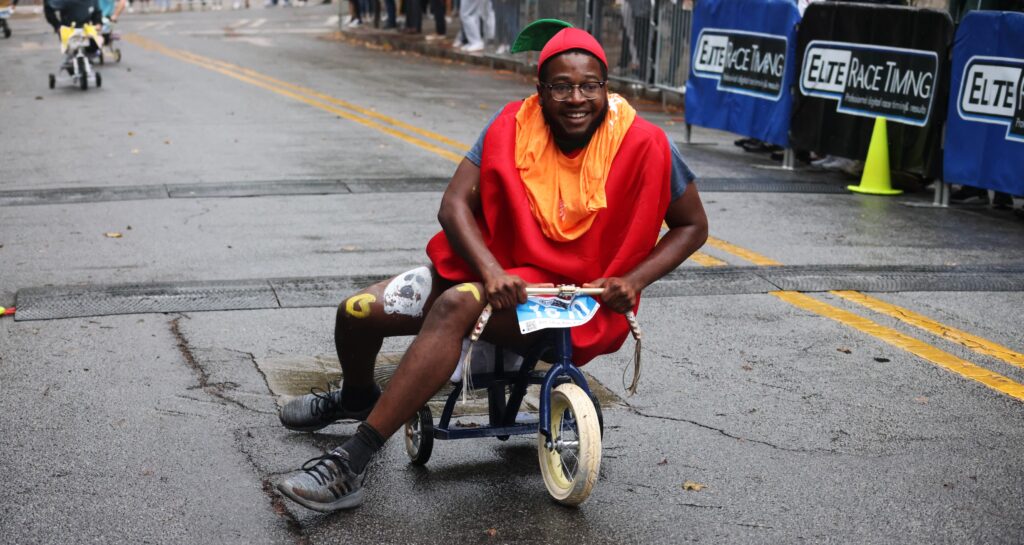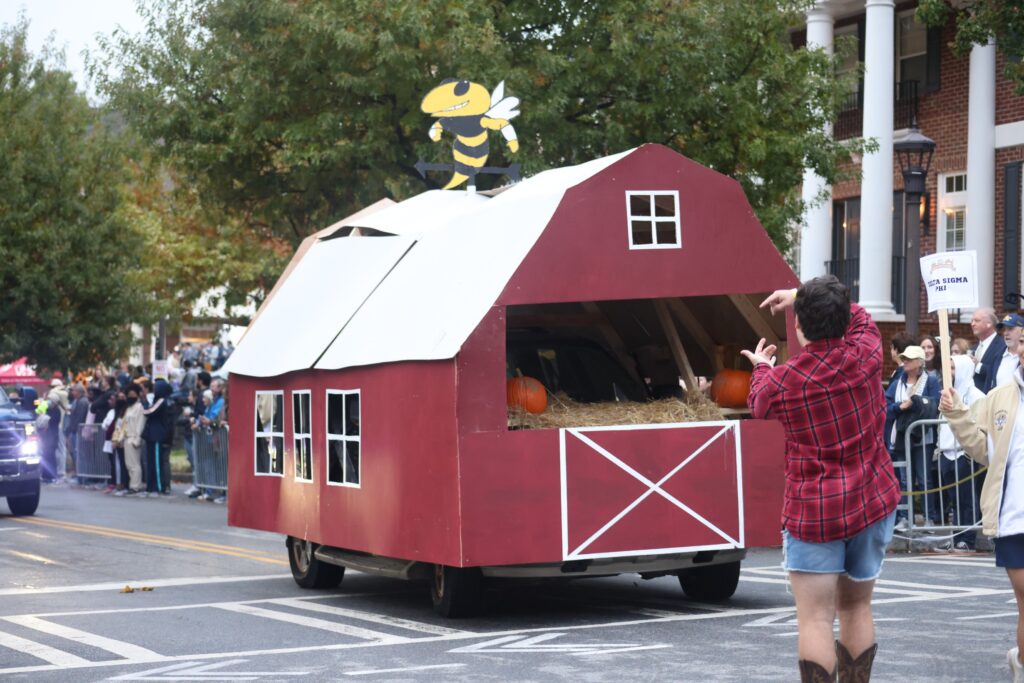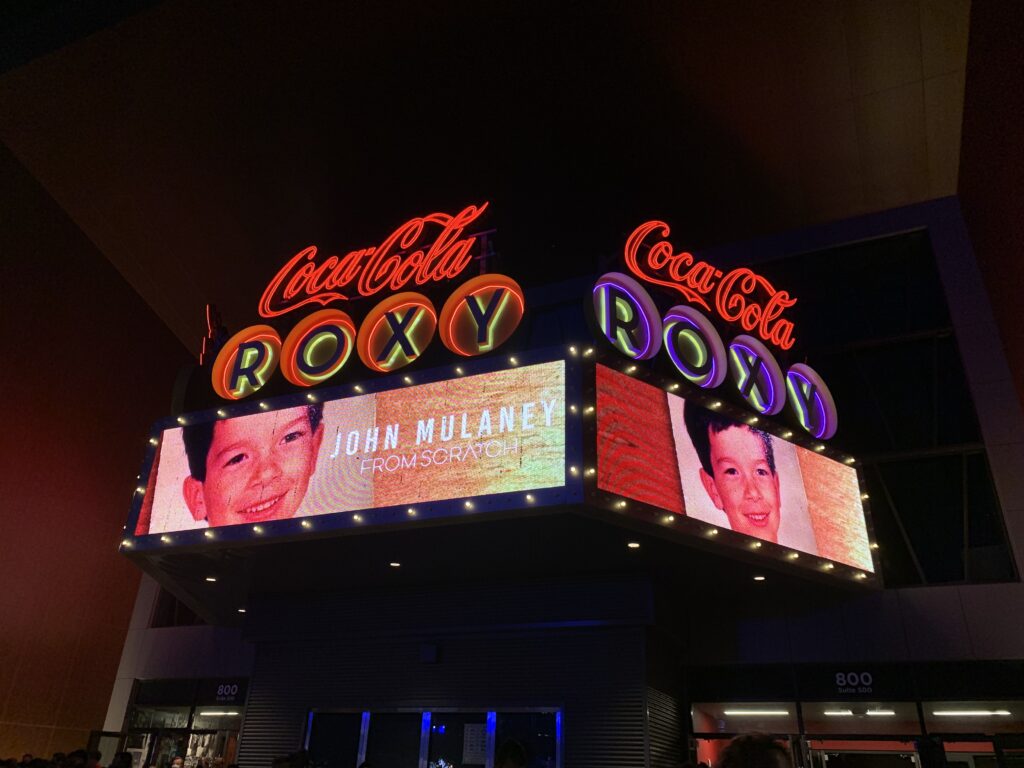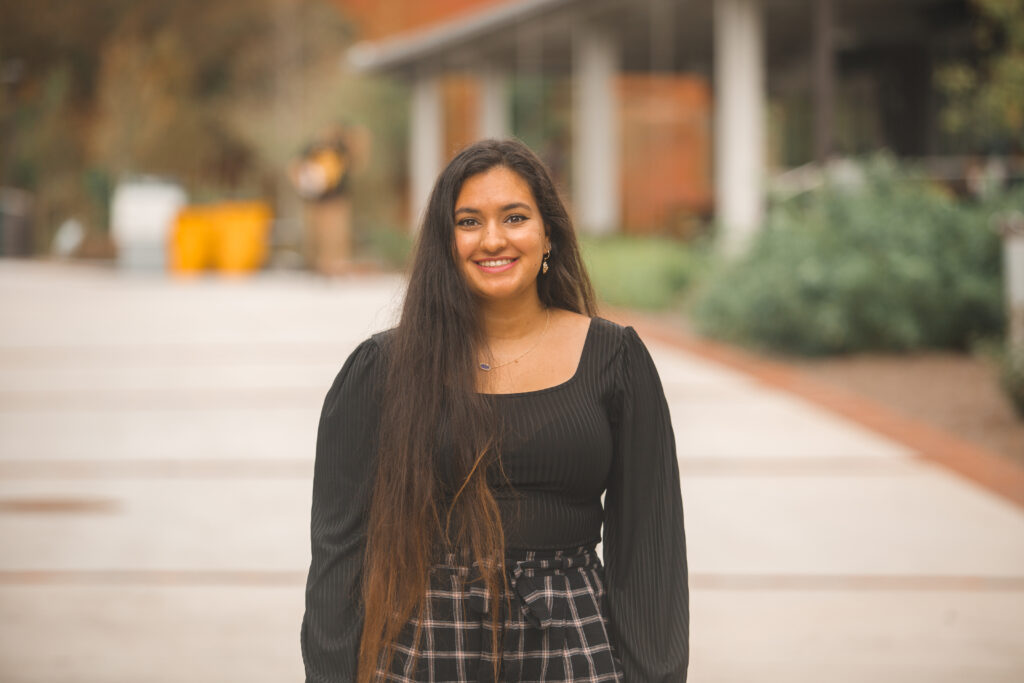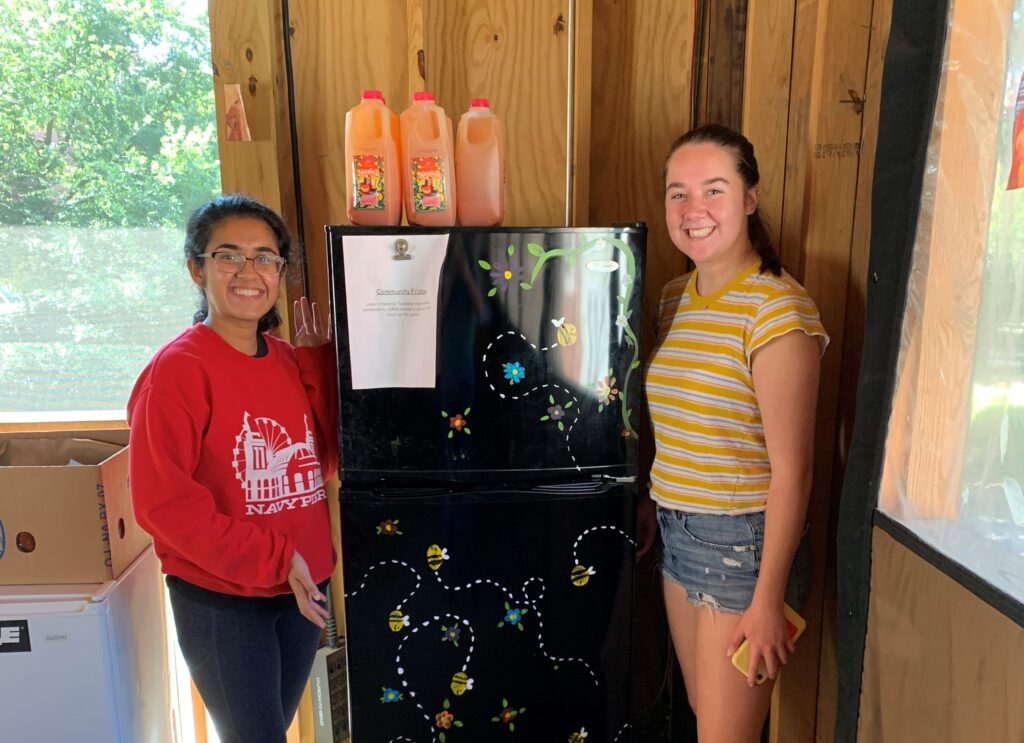
Last semester, I made the mistake of signing up for four 75 minute long classes. The joy of having no classes on Fridays was quickly replaced by the dread of sitting in lectures for an agonizingly long amount of time. Twice a week, from 3:30 p.m. until 6:15 p.m., I suffered through two 75 minute lectures, finally stumbling out of a windowless classroom in Van Leer feeling hungry, tired and, unable to remember anything I was just taught.
The mental battle of making it through a 75 minute lecture is so much more challenging than sitting through a 50 minute lecture, although only 25 minutes longer. I would much rather go to lecture three times a week for 50 minutes than only twice a week for 75 minutes. It might seem like it should make no difference, but I assure you, they are drastically different experiences.
My biggest issue with 75 minute classes is that it packs so much material into two days of the week, typically with only one day in between (such as Monday/Wednesday or Tuesday/Thursday), leaving us with little time to process what we learned in the previous lecture. This then leaves four days without any instruction. By the time the start of the week rolls around again, I feel disconnected from the course and don’t remember anything from the previous week.
There have been so many times I have not understood something early on in a lecture or missed an important step, like where a formula comes from, and proceeded to spend the rest of the lengthy lecture confused and accepting the fact I’ll have to figure it out outside of class. Truthfully, sometimes I just give up in lecture, accepting the fact that my brain can’t concentrate for over an hour straight.
Fifty minute classes, though, spread the material out over the entire week. I waste less time in lectures being confused, because we cover less material each day, and it’s spaced out, giving me time to process things slower and in smaller sections.
Also, it provides a well-paced structure and forces me to do a little bit of work for the class throughout the entire week. It’s the perfect example of slow and steady wins the race. Most of the introductory courses students take their freshman year, like linear algebra and physics, are 50 minute lectures with additional labs and studios for extra practice. While I can only speak for my major, almost all of the major classes I’ve taken have been offered in 75 minute lectures twice a week, which forces me to understand increasingly difficult topics on the spot and build upon them almost immediately.
It’s like learning how to add and subtract numbers in the first half of a lecture, and then suddenly being expected to use that new knowledge to solve the quadratic formula in the second half of lecture. That might not be the most accurate analogy, but the point remains: my brain has difficulty making such big leaps in one sitting.
I would also like to make the distinction that I am specifically discussing lectures, not labs or recitations. Labs and recitations are typically more engaging, despite often being much longer than 75 minutes. It’s long lectures that bother me the most.
I can only speak from my experiences and I know there are plenty of reasons why professors and students prefer longer lectures. Meeting two times a week means you can stack classes back to back easier and keep more days of the week free. For people commuting to campus, this can save them time and even money.
It also means professors can cover more material in one sitting, perhaps providing the entire picture and being able to work out examples that could help with understanding. Having to start and stop class takes up time, and doing that three times a week as opposed to twice eats up valuable time.
But I know I’m not alone in my dislike for such long lectures, and from talking to my peers and observing in classes, I know how easy it is to be distracted the longer a lecture goes on. As my concentration fades and I get more tired, the time I’m spending in class is no longer valuable.
I know the administration isn’t going to change their 75 minute lectures anytime soon. There is probably a complex procedure to schedule courses.
However, I do know there is flexibility in how courses are offered. For instance, ENGL 1101 this semester is offered both twice a week for 75 minutes on TR/MW, or for 50 minutes three times a week on MWF. This accommodates students who prefer knocking out lectures twice a week and those like me who prefer it spread out. I wish this flexibility extended beyond core classes into major-specific classes.
Every college freshman is told things like “don’t take 8 a.m. classes” — but here’s my most important advice: don’t take 75 minute classes back to back.
This semester, I don’t dread my days with 50 minute classes back to back, and don’t even mind having classes on Fridays. Sitting in lecture no longer feels brutal and I’m actually able to focus, knowing that in a little under an hour, I’ll be able to take a break, process what I learned, and come back in two days ready to learn again.

